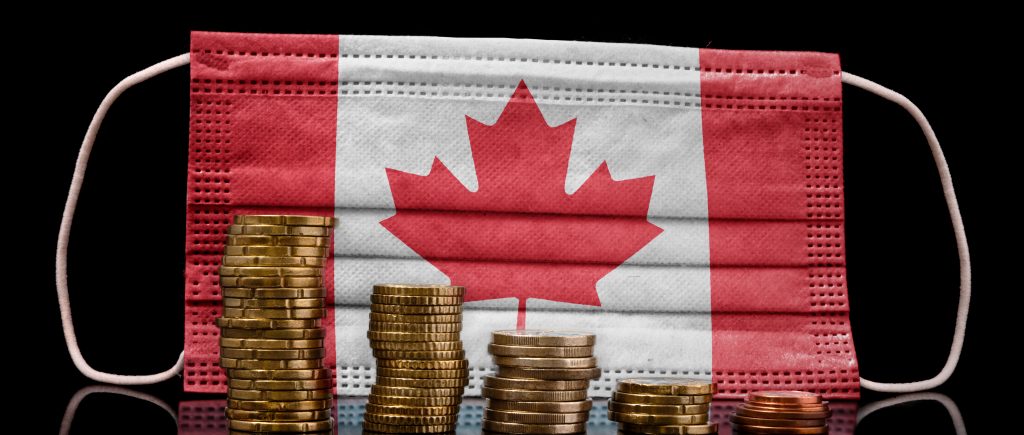The Bank of Canada is expected to keep the major part of focused spotlight on inflation at its policy decision, as the country’s central bank is about to encounter an aggressive campaign in favour of interest rate hikes.
Policy makers led by Governor Tiff Macklem are unlikely to raise their benchmark overnight rate on Wednesday, but the central bank has already ended a bond-buying stimulus program and hinted at an accelerated time-line for beginning to increase borrowing costs.
Several investors and traders as well as economists consider the Bank of Canada, as now caught in a trap of its own making. Its mandate, pending an imminent renewal, requires it to maintain inflation in a range around two per cent, but its forward guidance, issued incessantly for the past year, has promised to keep the overnight rate of interest at 0.25 per cent until the real economy has returned to normal.
It does not seem to have thought much about what to do if they proved incompatible, which they now have. So: how did the Bank get into this mess, and more important, how does it extract itself while BoC is stuck with two quantitative targets, one, an inflation target agreed with the government that is its ultimate policy goal, and the other, its own creation, its target for the overnight rate, which is its main policy instrument.
The Canadian dollar strengthened to a two-week high against its US counterpart on Tuesday as concern about the economic threat posed by the Omicron variant retreated following data showing that Canada posting its biggest trade surplus in nearly 10 years.
The Canadian dollar was trading 0.8% higher at 1.2647 to the American counterpart, or 79.07 US cents, its biggest gain since 23 September. The currency touched its strongest intraday level since Nov. 22 at 1.2633.
The market is taking an optimistic view of the severity of the Omicron variant and the Canadian dollar is benefiting from that and Wall Street’s main indexes rallied strongly, while the price of oil, one of Canada’s major exports, settled 3.7% higher at $72.05 a barrel.
Investors had worried in recent days that governments could impose fresh restrictions to curb the spread of the new variant, but the there are signs that central banks are not overly concerned about Omicron and that may translate into a hawkish Bank of Canada.
Money markets expect a rate hike in March, which is an earlier time frame than the central bank has been guiding. Canada posted a trade surplus of CAD 2.1 billion in October, with imports and exports both hitting record levels on higher trade in motor vehicles.
The said data adds to the evidence that the economy had strong momentum to start Q4, additionally, Canadian government bond yields rose tracking the move in US Treasuries. The 10-year rate was up 6.1 basis points to 1.584%.
The Bank of Canada will likely have a quiet monetary policy meeting. Analysts tend to expect a relatively quiet meeting. They consider the BoC will maintain the view that the outlook is evolving as expected and that inflation is transitory.
BoC meeting would be with limited scope for a meaningful change in tone. The BoC will maintain that the outlook is evolving as expected and that inflation strength is largely transitory.
Change of guidance is not expected, as the statement balances rising uncertainty over COVID-19 and supply chain difficulties against labour market strength.
A quiet BoC meeting shifts CAD drivers to the world at large. In turn, COVID-19 uncertainty, heightened risk aversion, and a relatively poor local growth and mobility backdrop should keep USD/CAD hanging around 1.28 for longer.
 Noor Trends News, Technical Analysis, Educational Tools and Recommendations
Noor Trends News, Technical Analysis, Educational Tools and Recommendations





